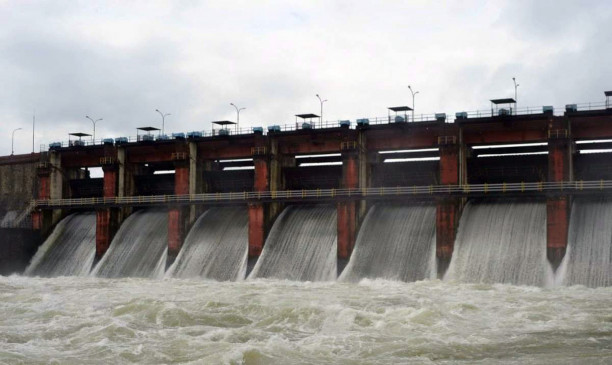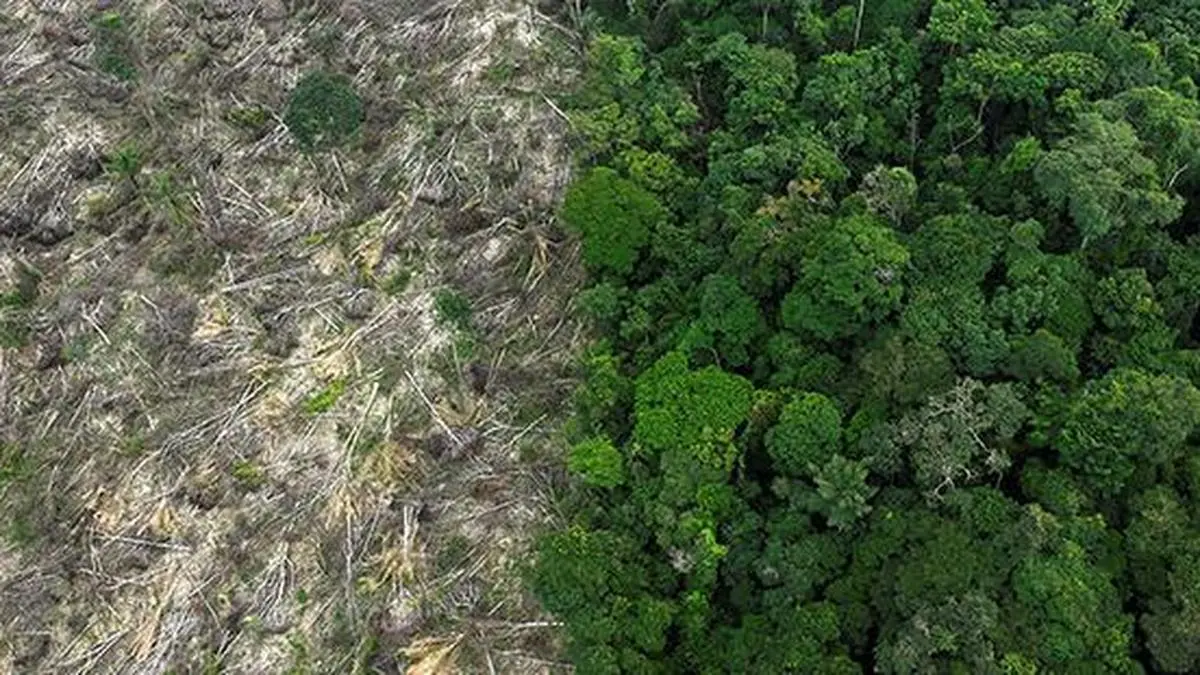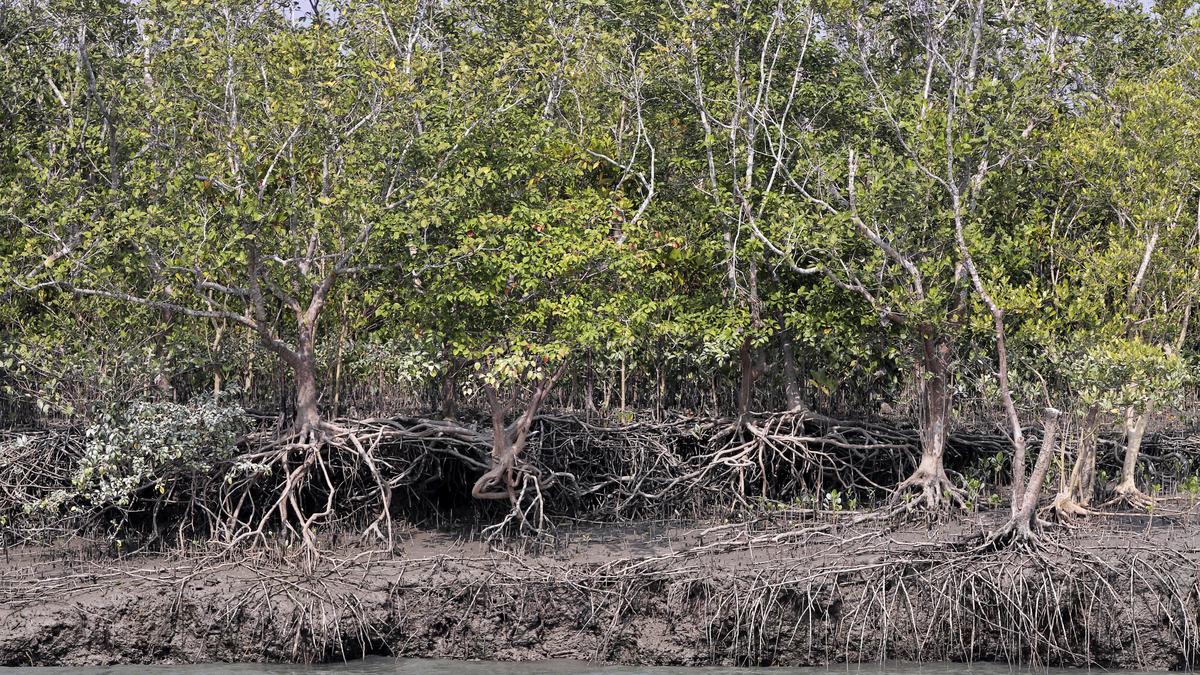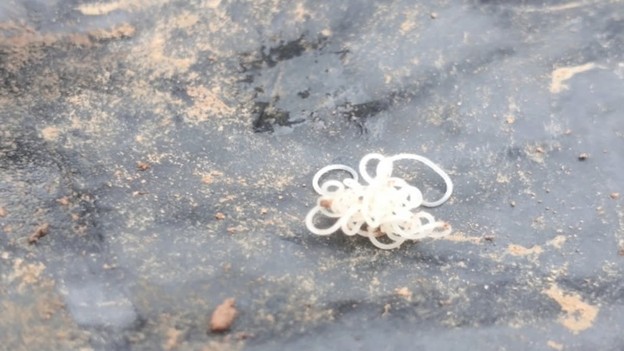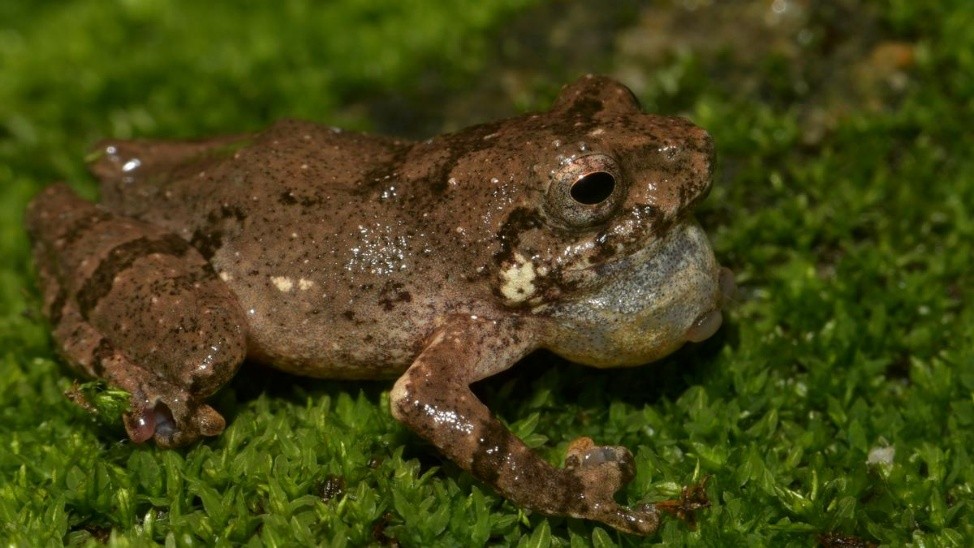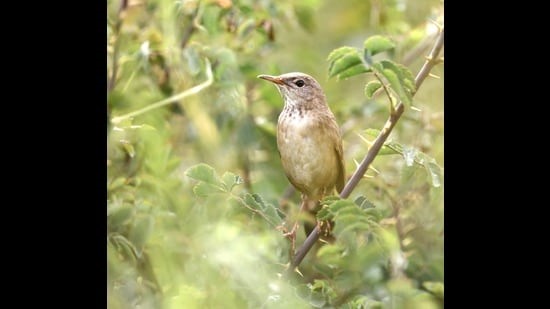Description


Disclaimer: Copyright infringement not intended.
Context
- Prime Minister, Shri Narendra Modi visited the Bandipur and Mudumalai Tiger Reserves in Karnataka and Tamil Nadu respectively.
About Bandipur Tiger Reserve
History
- This National Park was set up by including most of the forest areas of Venugopala Wildlife Park, established under Govt. Notification, dated 19th February 1941 and the area was further enlarged in 1985 extending over area of 874.20 Sq.Km and named as Bandipur National Park.
- This reserve was brought under Project Tiger only in 1973. Subsequently, some adjacent reserve forest areas were also added to the reserve and extending to 880.02 Sq. Km.
- The present area under the control of Bandipur Tiger Reserve park is 912.04 Sq. Km.
Location
- The Bandipur, Nagarahole, Wayanad, Mudumalai and Sathyamangalam Tiger Landscape is spread across the states of Karnataka (Bandipur-Nagarahole), Tamil Nadu (Mudumalai-Sathyamangalam) and Kerala (Wayanad).
.jpg)
The landscape
- The Bandipur Tiger Reserve along with Nagarahole, Mudumalai, Sathyamangalam & Wayanad Landscape is the source population in the Western Ghats landscape complex constitutes the single largest Wild population of Tigers in the world.
- The Bandipur Tiger Reserve forms a very important component of 5520.00 Sq. Km. landscape, the first Biosphere Reserve in the country i.e. Nilgiri Biosphere Reserve.
- This Landscape of Bandipur, Nagarahole, Mudumalai & Wayanad complex is home to single largest Asian Elephant population in the world and is part of the Mysore Elephant Reserve.
- The Reserve is endowed with rich floral and faunal diversity and is recognized as one of the Mega Biodiversity Areas in the country.
- The Tiger and the Elephants are the flagship and umbrella species for the conservation of all the Biota that this ecosystem represents. The viable population of these two species is indicative of a healthy Ecosystem.
- Biogeographically, Bandipur Tiger Reserve lies in one of the richest biodiversity areas of our country representing “5 B Western Ghats Mountains Biogeography Zone”, surrounded by Mudumalai Tiger Reserve in the South, Wayanad Wildlife Sanctuary in the South West & on the North West Side the Kabini Reservoir separates the Bandipur and Nagarahole Tiger Reserve.
- The Northern side of the Tiger Reserve is surrounded by human dominated landscape with villages and agricultural lands.
Geology
- The Reserve is located in Wayanad plateau, characterized by the presence of several Swamps and Vayals of varying size.
- These Vayals and Swamps serve as wallowing grounds for the herbivores like Sambar and Wild Boar and Tiger.
- The central part of the Reserve is slightly elevated with intermittent hills of moderate height, interspersed with several seasonal streams and a few perennial water sources, the prominent ones being the Moyar River originating from the Nilgiri Mountain Range near Pykara, meandering through the Reserve over a length of more than 20 Km.
Climate
- Three seasons are markedly noticed in the Reserve, the dry, the wet and the cold.

Vegetation Types
- To the eastern most portions lie the scrub forests of Moyar.
- While the vegetation in the central portion of the Tiger Reserve viz., Kaniyanapura, Bandipur part of Beerambadi is dry deciduous, the vegetation in the western part of the reserve viz., Ainurmarigudi, Begur and Beerambadi is moist deciduous.
- The vegetation, therefore, changes from scrub type to moist deciduous type from east to west.
About Mudumalai Tiger Reserve
- The name Mudumalai means ” the ancient hill range”.
- Indeed, it is as old as 65 million years when Western Ghats were formed.
Location
- It is located in the Nilgiris District of Tamil Nadu, spread over 688.59 sq.km. at the tri-junction of three states- Karnataka, Kerala and Tamil Nadu and it plays a unique role by forming part of the Nilgiris Biosphere Reserve, first Biosphere Reserve in India, declared during 1986.
- It has a common boundary with Wyanad Wildlife Sanctuary (Kerala), on the West, Bandipur Tiger Reserve (Karnataka) on the North and the Nilgiris North Division on the South and East and Gudalur Forest Division on the South West, together forming a large conservation landscape for flagship species such as Tiger & Asian Elephant.
Climate
- The climate of Mudumalai is moderate.
Flora and Fauna
- The Reserve has tall grasses, commonly referred to as “Elephant Grass”, Bamboo of the giant variety, valuable timber species like Teak, Rosewood, etc,.
- Such a varied habitat is inhabited by a variety of animals which include Tiger, Elephant, Indian Gaur, Panther, Sambar, Spotted Deer, Barking Deer, Mouse Deer, Common Langur, Malabar Giant Squirrel, Wild Dog, Mangoose, Jungle Cat, Hyena, among others.
- This reserve has got a wide variety of more than 260 species of birds. Eight percentage of bird species found in India are recorded in Mudumalai. This includes rare birds like Malabar grey hornbill, Malabar pied hornbill, Malabar laughing thrush, Frog mouths and a variety of woodpeckers.
|
PRACTICE QUESTION
Q) Which of the following statements with reference to Tiger Reserves in India is/are incorrect?
a. Landscape of Bandipur, Nagarahole, Mudumalai & Wayanad complex is home to the single largest Tiger population in the world.
b. Mudumalai Tiger Reserve is located in Kerala.
- a only
- b only
- both a and b
- neither a nor b
Correct Answer: 2
|

https://www.pib.gov.in/PressReleasePage.aspx?PRID=1915054
Array
(
[0] => daily-current-affairs/bandipur-and-mudumalai-tiger-reserve
[1] => bandipur-and-mudumalai-tiger-reserve
)







